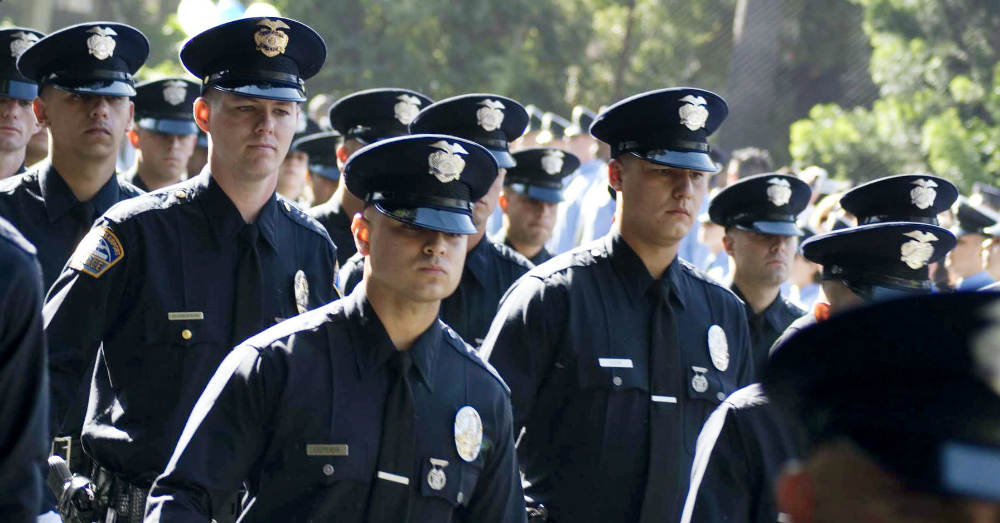California has previously announced they intend to have zero emissions by the year 2040 in order to be a leader in the world of lower pollution into the atmosphere. In order to work toward creating this reality not only do the citizens of the state need to change from gasoline engines to the propulsion systems to more environmentally friendly choices but so do other sectors of the driving world. This means delivery vehicles, construction equipment, 18-wheelers and even the law enforcement vehicles. The easiest of these to change would be law enforcement, at least for now, because there already exists a car that can be made into a great police car that runs on electricity.
Currently the Los Angeles Police Department is testing two Tesla Model S P85Ds on the streets to see how they will hold up as police cruisers. While they have a clear understanding of the limitations of only have a specific driving range and the time it would take to recharge the battery, there are seldom times where the police would have to use up the range of the Tesla cars during a pursuit of a criminal, but this does lead to an interesting situation for the police force.
While it is the next step forward for a police force to begin to employ EV models for their work and the LAPD has already looked into using electric scooters and electric motorcycles for the job, what will be the rules with the Tesla cars? If used for patrol cars throughout the day there is the possibility of needing the car for a pursuit when the battery is getting close to running out of charge, which would be a serious problem. Possibly the LAPD will keep these two cars parked near high traffic areas to be able to quickly respond when needed, thus lowering the likelihood the batteries could drain before the chase is over.
With these cars as part of their tools to keep Los Angeles safe the LAPD certainly will have an edge over most cars in the area. These two are fitted with specialized equipment and the AWD settings along with Ludicrous Mode. The ability to travel to sixty mph in less than three seconds will certainly give the LAPD the ability to catch up quickly with anyone who tries to flee a scene. Of course, it’s expected the 155 mph governed top speed will be lifted for these two cars to allow the police the ability to chase at as high a speed as they need to.
While the LAPD figures out exactly how they intend to use these two cars and the state of California works toward lowering the emissions of all vehicles in the state you have to wonder what they will change next. Will we see large delivery trucks that are run on electricity or hydrogen tanks? Will these forms of fuel be able to produce the horsepower and torque needed to get the job done on a construction site?
If the Tesla Model S is any indicator as to what can be done there is no reason to think other machinery can’t be altered to operate in the same manner. We already know EVs offer instant maximum torque which makes for a great way to tow, haul or push materials, but how long would construction equipment operated by electricity be able to continue to work throughout the day? That seems to be a step that is farther down the road, but seeing the LAPD testing out Tesla Model S cars for their fleet brings this thought to mind as we head toward a cleaning and more sustainable method of travel.
This post may contain affiliate links. Meaning a commission is given should you decide to make a purchase through these links, at no cost to you. All products shown are researched and tested to give an accurate review for you.
